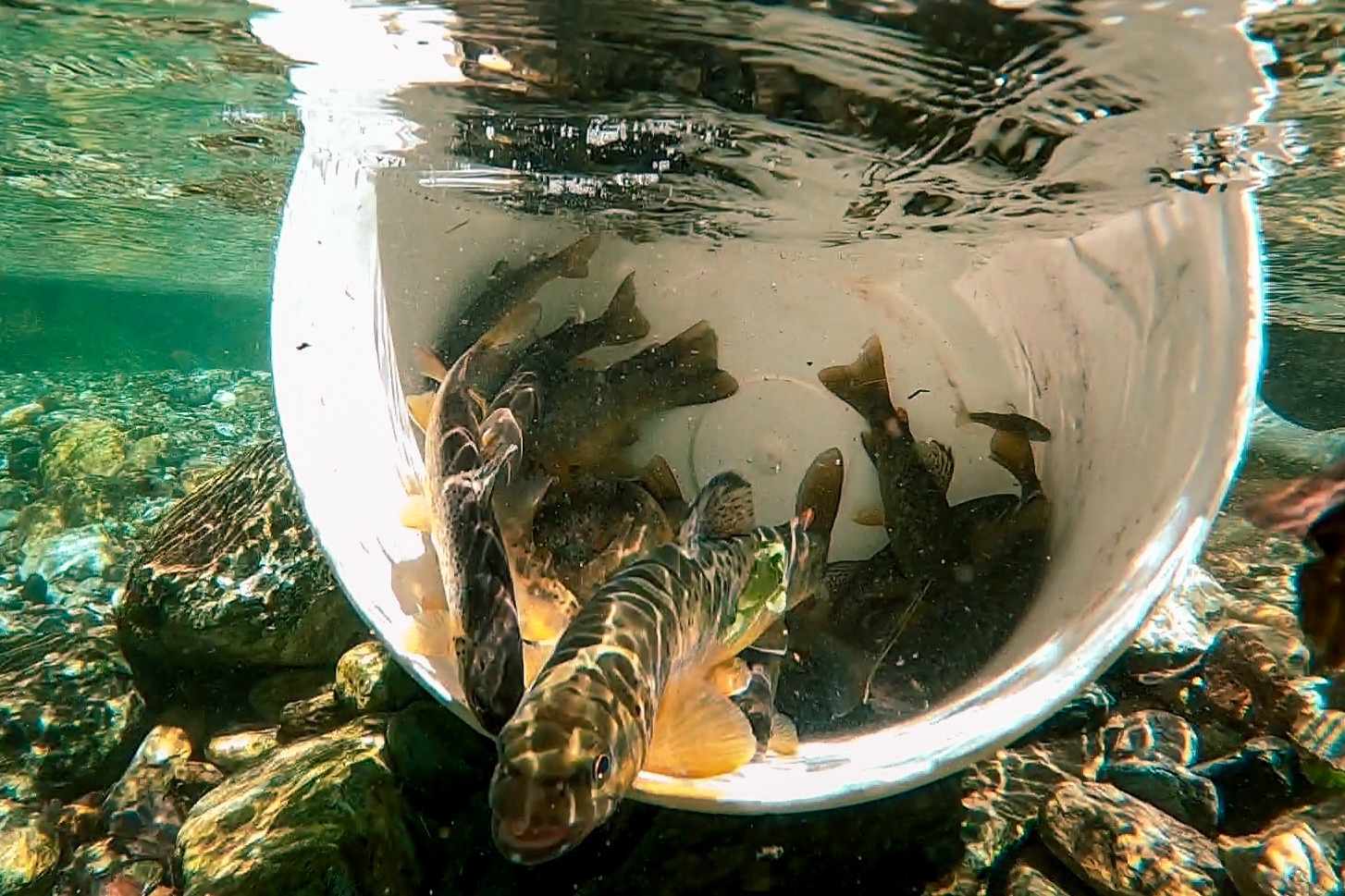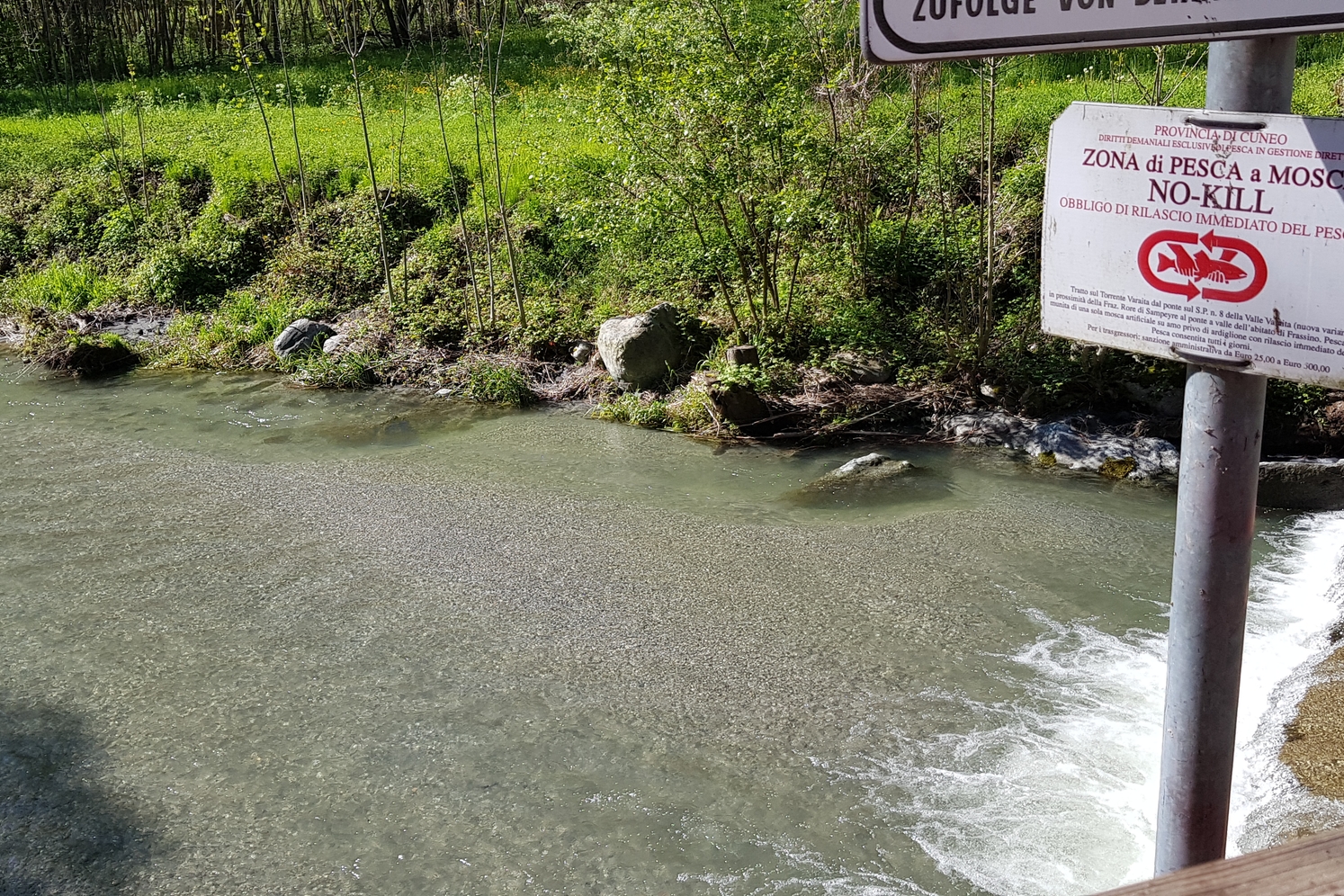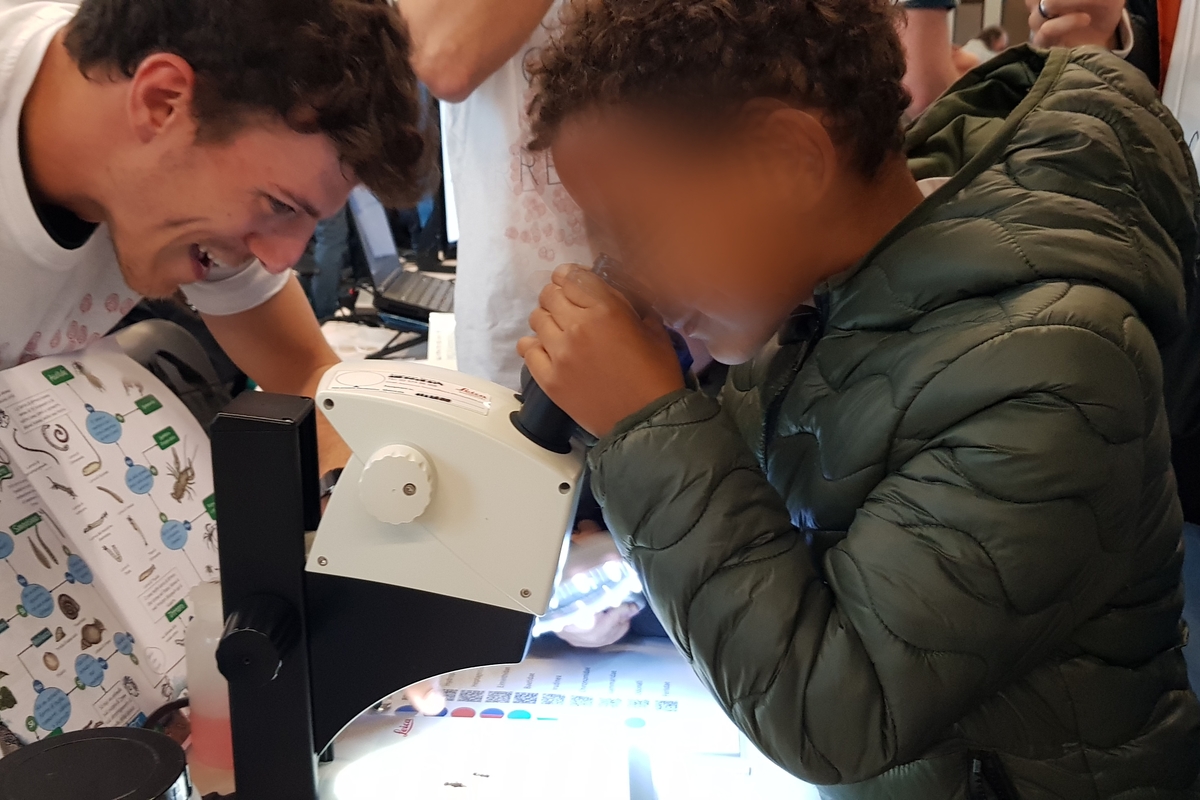
Local Activities
ALPSTREAM plays a significant role in the Po Valley area and beyond, promoting activities aimed at protecting watercourses, particularly alpine ones, from both human-induced and natural impacts.
ALPSTREAM has conducted several studies on the effects of sediment flushing, climate change, and anthropogenic impacts related to pollution, excessive water extraction, and habitat destruction. Through this work, the center has become a key player in risk assessment, environmental impact evaluation, water resource management, and biodiversity conservation. It provides consultancy services and collaborates with public authorities and natural parks.
These important partnerships led to the creation of a no-kill fishing area of approximately 3 km on the Po River, the construction of an in-situ mesocosms for manipulative experiments under controlled conditions, and the development of several academic courses, summer schools, educational and research projects, educational excursions, and various other scientific outreach activities.
Additionally, the ALPSTREAM center has made the municipality of Ostana a hub for all activities related to alpine watercourses, hosting schools of different degrees, universities, public authorities, as well as serving as a reference point for fishermen and naturalists. These activities as well as the combined efforts to renew characteristic alpine villages, has led to a growing presence in the area, making it vibrant from a scientific, cultural, and artistic perspective, nationally and internationally. This mutual exchange between science and tourism creates a virtuous cycle beneficial for the economic recovery of the mountain areas. It also offers a new perspective on conducting research immersed in nature, in a context where sustainability is a lifestyle choice aimed at safeguarding the natural wonders of our alpine ecosystems.




